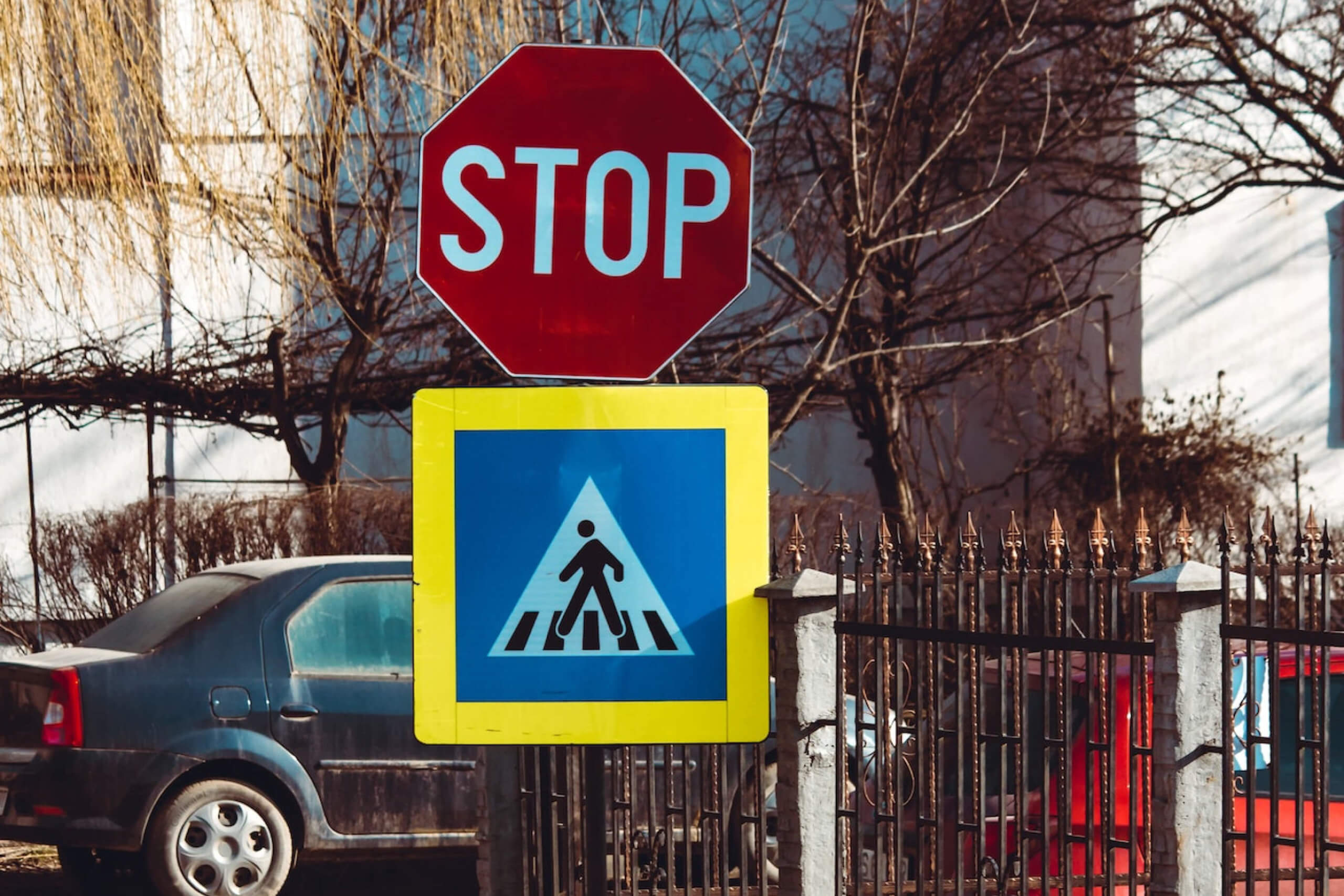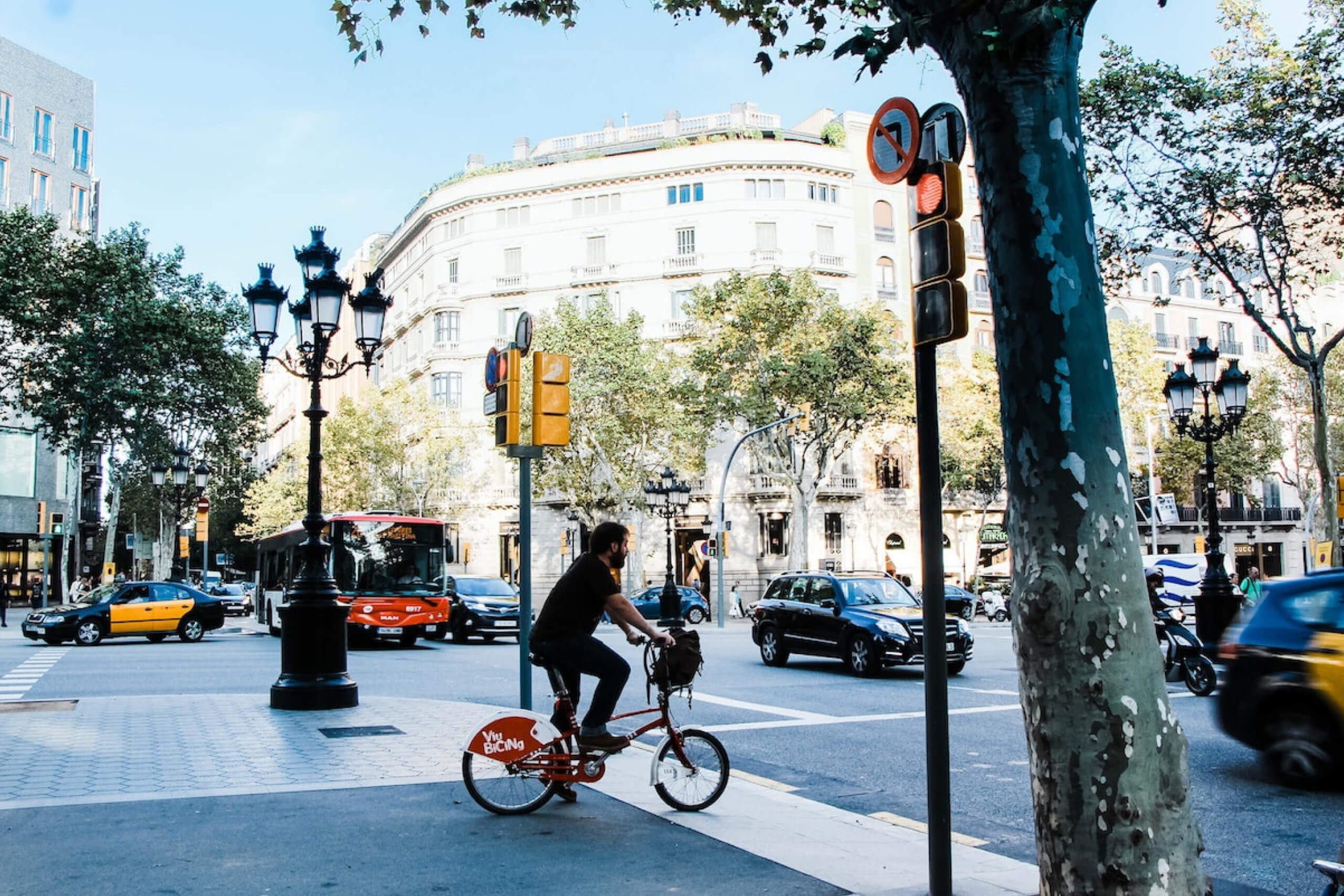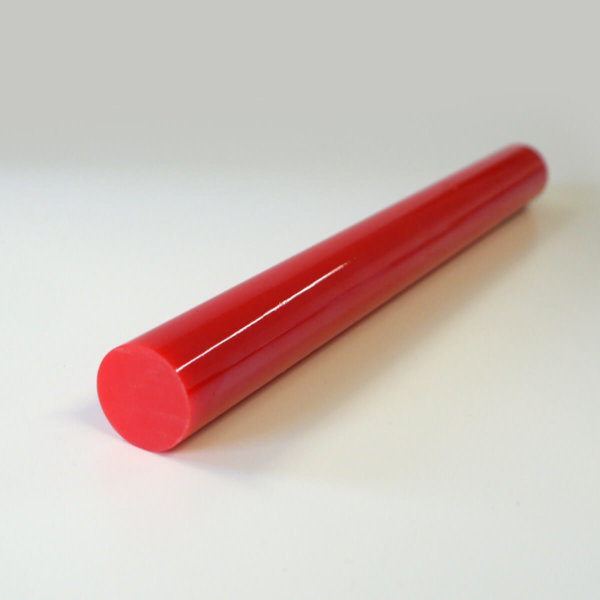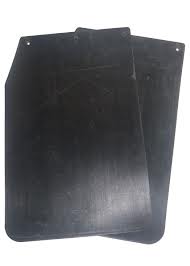Wooden seating and decorative metal railings became a feature of UK villages, towns and cities. However, new needs and materials changed the answer to ‘What is street furniture?’.
If you asked a Victorian person ‘what is street furniture?’, you would get a radically different answer than from an urban planner today. The materials available to create equipment and objects placed around public areas have evolved, and so have the purposes and functions of street furniture.
The first items of street furniture in the UK were practical bollards around docks to tie ships to, and communal water pumps or troughs on the village green. These items in public areas expanded to include railings, lamp posts and seating, as towns and cities developed.
Decorative fountains were also popular with local authorities to ‘beautify’ areas of high footfall.
Then came such street equipment as post boxes and street signs.
Of course, one of the most common examples of street furniture over time (and certainly today) is public litter bins, which probably started out as a place to empty private privies!
What is street furniture today?
Across the early years of placing items and equipment in public areas, there was a clear split between decorative street furniture and things that served a practical purpose including being a place to rest, or signage to help with navigation.
Now, the creation of street furniture fits into three distinct categories – public utilisation, highways and communication.
As it is such a diverse field, there are multiple types and sizes, and the potential for a ‘free for all’ in terms of design and usage. Therefore, not surprisingly, the bodies responsible for commissioning street furniture for public places have guidelines they must follow.
Some of this is embodied in ‘Manual for Streets’, a Government guide to the ‘design, construction, adoption and maintenance of new residential streets’ including redesigning existing ones.
This manual separates highway signage and equipment from street furniture. It says: “Streets make up the greater part of the public realm. Better-designed streets, therefore, contribute significantly to the quality of the built environment and play a key role in the creation of sustainable, inclusive, mixed communities.”
Showing appearance matters in this category.
There is also a need for modern street furniture to be durable and good value for money, which requires commissioners to consider whether the best materials for the job or metal, concrete or versatile polyurethane.
Public Utilisation
 A lot of the practical equipment and decorative features that appear on UK streets need to be highly functional, as well as attractive and cost-effective. This includes street seating, lighting, bins, drinking fountains and cycle racks for example. It also covers items that are solely decorative, such as planters, structures to protect trees and public artworks.
A lot of the practical equipment and decorative features that appear on UK streets need to be highly functional, as well as attractive and cost-effective. This includes street seating, lighting, bins, drinking fountains and cycle racks for example. It also covers items that are solely decorative, such as planters, structures to protect trees and public artworks.
Why is polyurethane furniture increasingly popular, for items designed for public comfort and convenience? Street furniture made from polyurethane is incredibly hard-wearing, even in locations where items are subjected to a great deal of use (and potential abuse).
The colours, styles and customisation possibilities of polyurethane also enable commissioners to be highly specific about the design aspects of both decorative and practical items.
Highways
 Clearly, this category of street furniture is about safety, as well as the priorities listed above. In fact, practical aspects far outweigh any need for this equipment to look smart. Though to protect the appearance of the lived environment, many commissioners do still demand a quality finish and modern design.
Clearly, this category of street furniture is about safety, as well as the priorities listed above. In fact, practical aspects far outweigh any need for this equipment to look smart. Though to protect the appearance of the lived environment, many commissioners do still demand a quality finish and modern design.
The sort of highway street furniture we are talking about is not just those essential (and largely uniform) traffic signs and signals. You also need shelters, lighting and safety bollards to keep UK roads, streets and other areas properly equipped.
It is widely known how effective polyurethane is at impact absorption – and how long-lasting it is. Making it ideal for the production of both flexible street bollards and in ground bollards for road edges, for example.
What is street furniture for communications?
 This is the type of street furniture that has changed most, over time, as the technology it supports has transformed. It covers long-standing items such as post boxes and public telephones. However, it also now includes such equipment as public units for phone charging or internet use, broadband and phone cabinets, public EV charge stations and digital advertisement boards and screens, for instance.
This is the type of street furniture that has changed most, over time, as the technology it supports has transformed. It covers long-standing items such as post boxes and public telephones. However, it also now includes such equipment as public units for phone charging or internet use, broadband and phone cabinets, public EV charge stations and digital advertisement boards and screens, for instance.
These can be the most challenging items of street furniture to manufacture. Especially as the expensive technology they house needs to be protected. Adding to the already considerable list of priorities – functionality, attractiveness, cost-effectiveness, durability and safety!
Solutions for modern street furniture
Polyurethane in the furniture industry is increasingly being used by designers and commissioners to meet all their aims.
From humble pedestrian area bollards and public bins to major decorative features in our city centres, polyurethane is ‘streets ahead’ of its competitors!
Want to find out how much it will cost to make your products?




